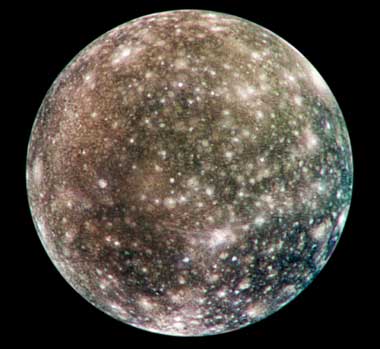In 1958, an IAU committee recommended adopting the names of 128 martian features observed through ground-based telescopes. These names were based on a system developed by Italian astronomer Giovanni Schiaparelli in 1879 and later expanded by Turkish-born astronomer Eugêne Antoniadi working at Meudon, France, in 1929.
In 1970, a Mars nomenclature working group was formed. At about the same time, names of features on the Moon were updated by a committee formed to suggest names for features discovered by the Soviet Zond and American Lunar Orbiter.
In 1973, a new group, the Working Group for Planetary System Nomenclature, was appointed. Task groups for the Moon and planets were formed to conduct the preliminary work of choosing themes and proposing names for newly discovered features. A task group was formed in 1984 to name surface features on asteroids and comets.
When the first images are obtained of the surface of a planet or satellite, a theme for naming features is chosen and a few important features are named, usually by members of the appropriate IAU task group. Later, as higher-resolution images and maps become available, additional features are named, usually at the request of investigators mapping or describing specific surfaces, features, or geologic formations.
Asteroids, on discovery, receive a temporary designation consisting of six characters. The first four characters are the discovery year, the next character is a letter indicating the half-month the discovery occurred (the letters I and Z are not used), and the last character is another letter from A to Z (I is not used) asteroids discovered in that half-month. For example, the asteroid 2005 MB would be the second asteroid discovered in the first half of July 2005.
If more than 25 asteroids are discovered in a half-month, the last character reverts to A but with the addition of a number. When the asteroid’s orbit is calculated to a predetermined accuracy, it is given a permanent number. At this point, the discoverer may propose a name for the asteroid by submitting a citation to the Minor Planet Center.
When an asteroid moves from its temporary designation to a formal name, it is assigned a permanent number. This number is simply the next in a sequential list and is given when the asteroid’s name is used, as in 1 Ceres or 18873 Larryrobinson.










